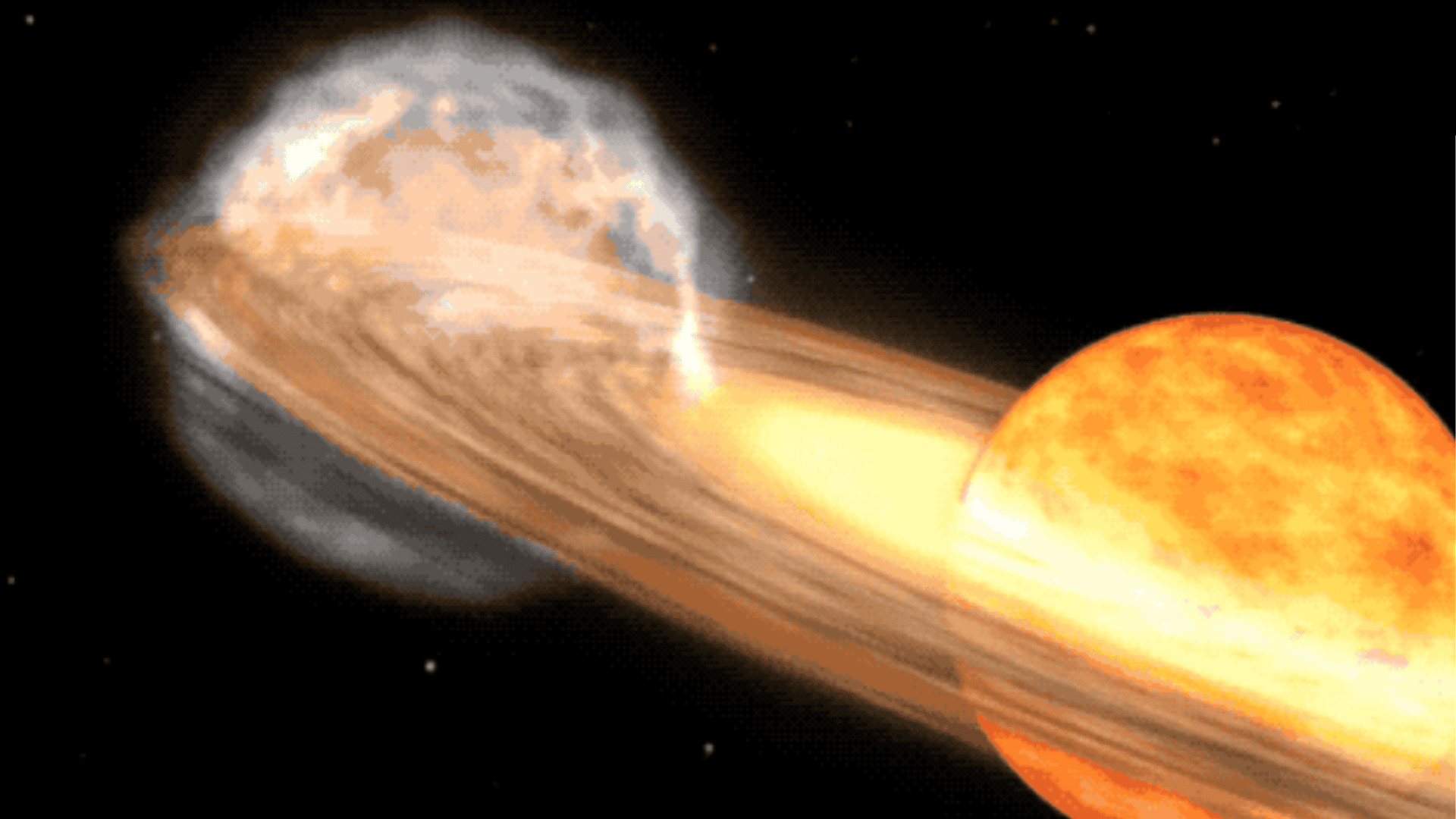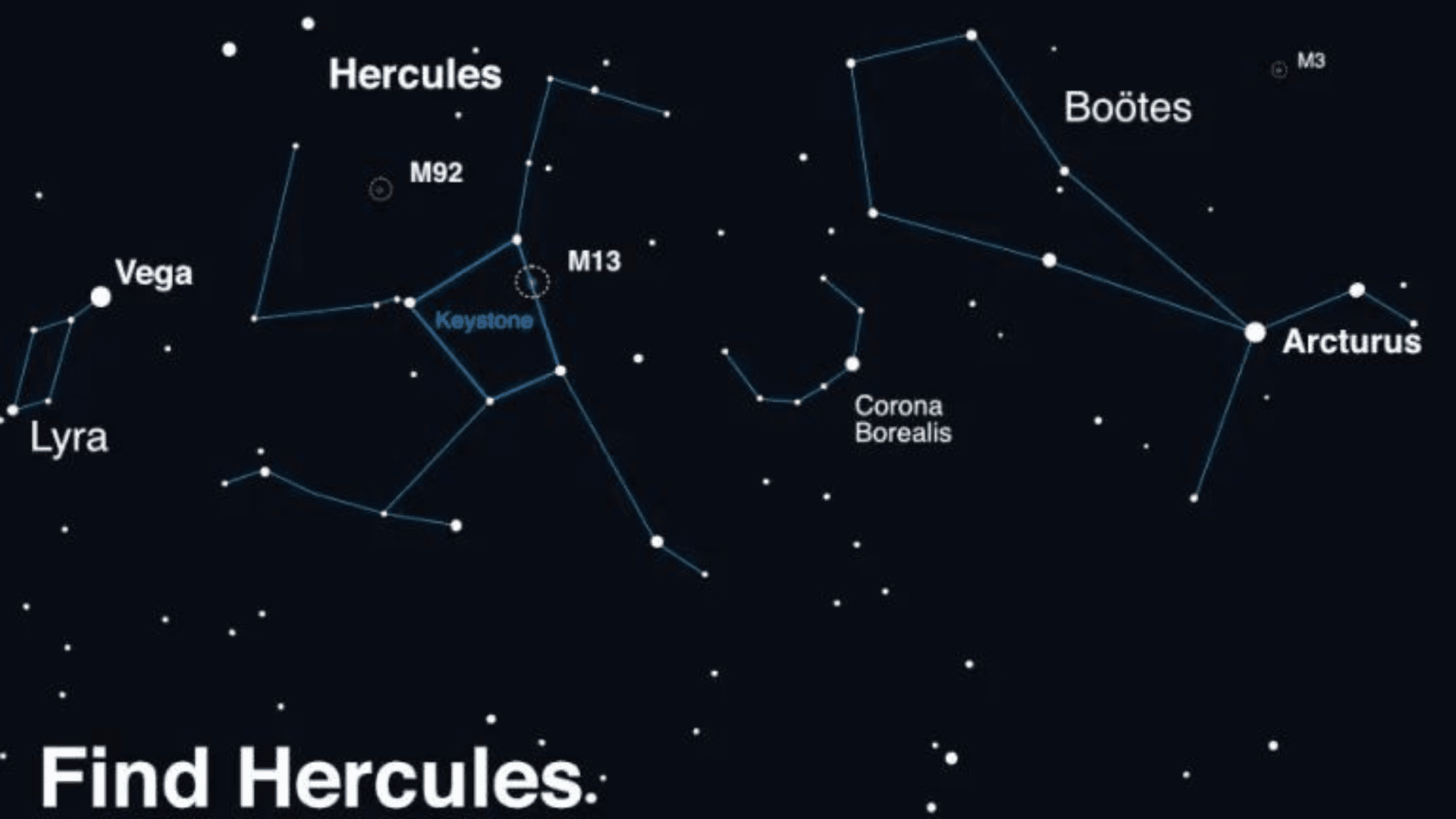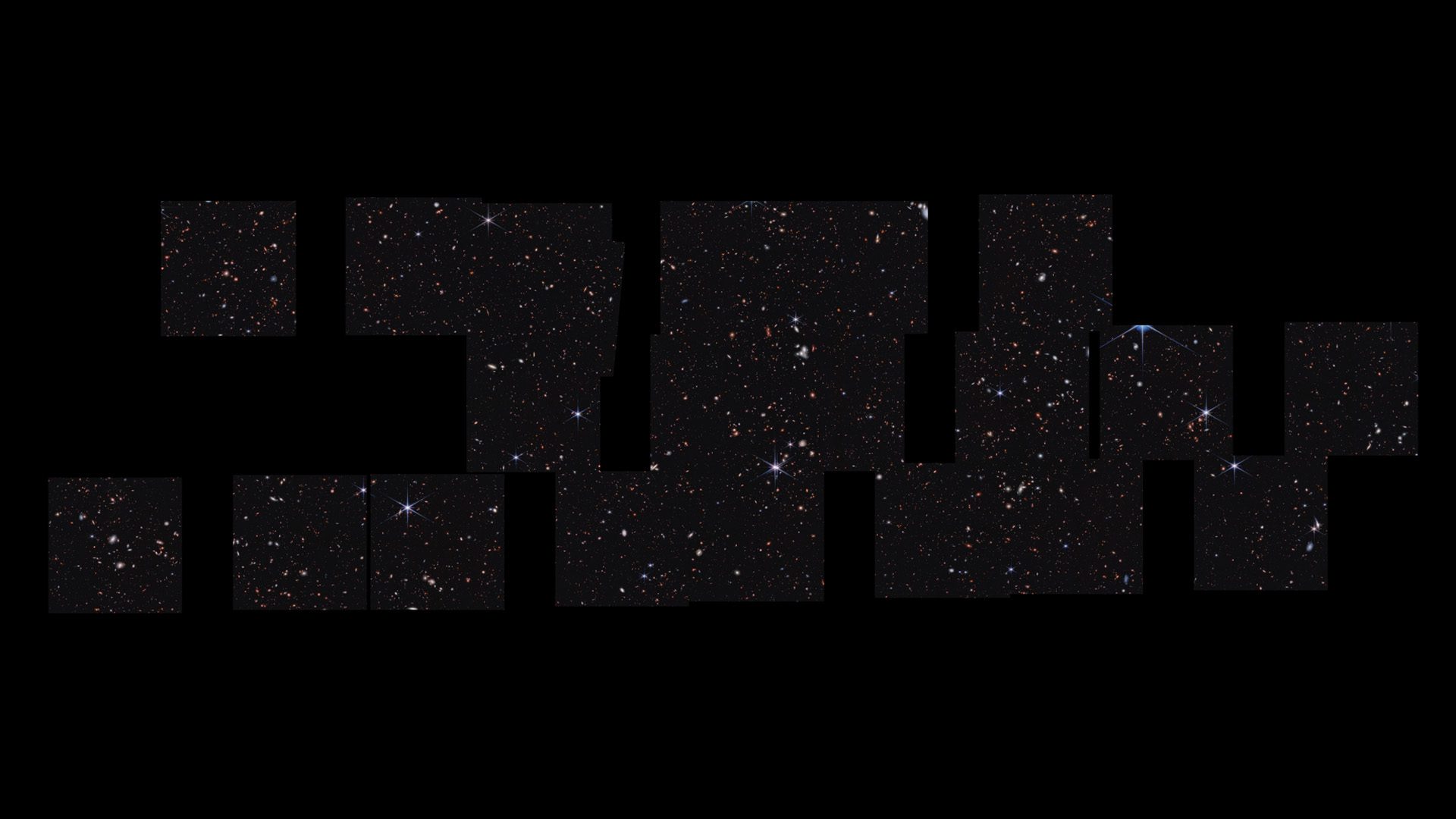The nova outburst occurs once about every 80 years. A star system located 3,000 light-years away becomes visible to the human eye when it happens. T Coronae Borealis, or T CrB, last exploded in 1946 and astronomers believe it will happen again sometime this year.
Nova Explosion

Astronomers believe the nova outburst will happen between now and this September. It could be a once-in-a-lifetime experience because of how rare it is.
Typically, the two stars that orbit each other in the constellation Corona Borealis, northern crown, are too dim to see with the naked eye. But, every 80 years or so those two stars create a massive nuclear explosion. The light from this explosion spreads throughout space. From our perspective on Earth, a new star appears to pop out of nowhere. Because of the explosion, the stars get as bright as the North Star.
The “new star” appears in our night sky for a few days before the light dims again. This will be at least the third time humans have witnessed the space oddity. Irish polymath John Birmingham first discovered it in 1866 and it reappeared in 1946. At peak brightness, we can see the nova outburst with an unaided eye for a few days. With binoculars, we can see it for a week until it dims again.
Explore Tomorrow's World from your inbox
Get the latest science, technology, and sustainability content delivered to your inbox.
I understand that by providing my email address, I agree to receive emails from Tomorrow's World Today. I understand that I may opt out of receiving such communications at any time.

For any amateur astronomers or star enthusiasts, this conceptual image from NASA outlines how to spot the nova burst. Corona Borealis, or the Northern Crown, is a small arc between Hercules and Bootes. This is where the outburst will appear as a “new” star.
How it Happens
This event is one of five recurring nova’s in our galaxy. It occurs because Corona Borealis is a binary system, where two stars orbit each other, with a white dwarf and a red giant. As the red giant becomes unstable from its increasing temperature and pressure, it ejects its outer layers. Because of how close the two stars are to each other, the white dwarf collects that matter on its surface.
The shallow dense atmosphere of the white dwarf heats enough to cause a runaway thermonuclear reaction. This produces the nova that we can see from Earth.







